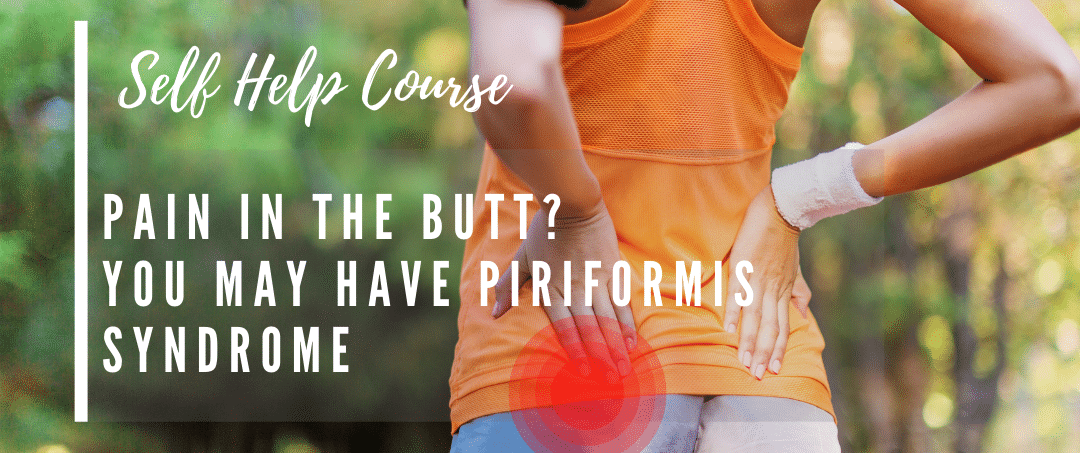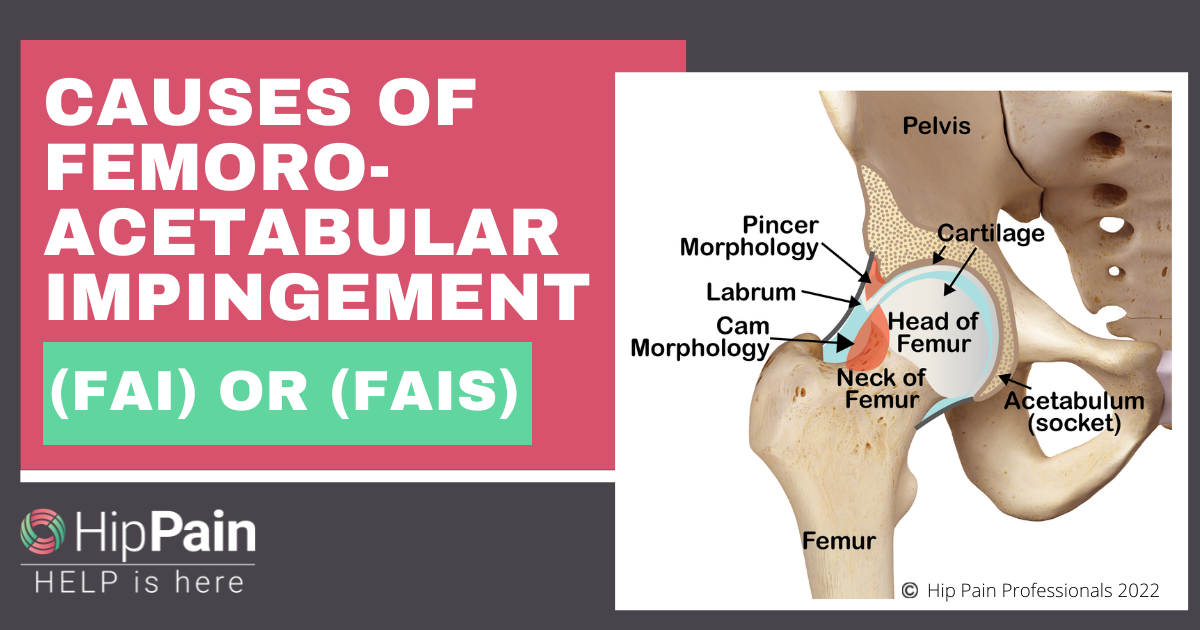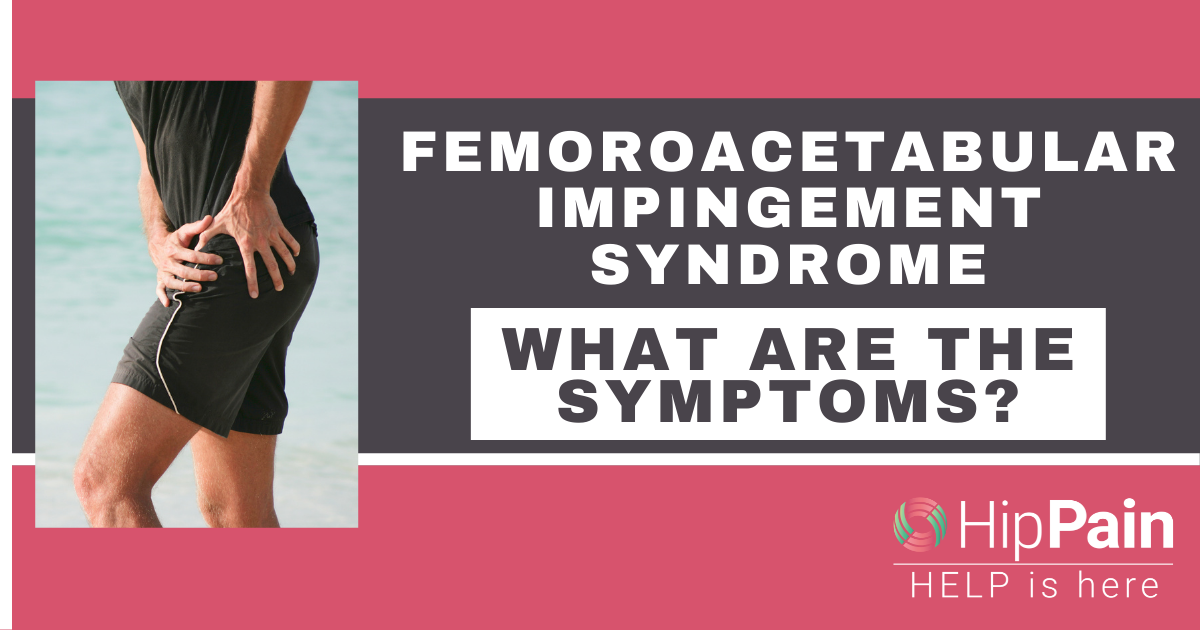
Pubis Symphysis pain refers to pain at the pubic symphysis joint. This is the joint where each half of the bony pelvis joins at the front of the body. The word ‘symphysis’ simply means – a place where two bones are closely joined.
Pubic Symphysis Pain – What Is This Joint?
The Pubic Symphysis joint is a flat or “plane” joint, that includes:
- a fibrous disc that sits between the pubic bones, working as a shock absorber
- four strong ligaments that support the joint
Only very small movements occur at this joint. For example, some rotation occurs during walking, as one side of the pelvis moves slightly forward and the other slightly back, following the movement of the legs.

Pain related to the Pubic Symphysis
Pubic Symphysis pain is most commonly associated with injury or excess strain due to:
- a major trauma, such as a fall into the splits or a direct impact to the pubic region
- increased stretchiness of the joint ligaments during pregnancy – this is a normal response to hormone changes in preparation for childbirth
- trauma during childbirth – breech delivery (baby exiting bottom first), forceps/vacuum delivery
- a gradual build–up of joint stress, such as repetitive movements where the legs move far apart, as may occur in certain sports
- large repetitive forces created by the surrounding muscles, particularly the inner thigh muscles. This is most common in field or court sports that involve changing direction at high speed or kicking.
Pain related to the pubic symphysis is most commonly experienced in the groin region and/or directly over the joint. Groin pain that occurs over the pubic symphysis is referred to as ‘Pubic Related Groin Pain’.
Conditions that affect the pubic symphysis may also affect the other joints in the pelvis – the sacroiliac joints. This is common during pregnancy or following childbirth. Pain experienced in the joints of the pelvis is then often referred to as Pelvic Girdle Pain. You can read more about sacroiliac joint pain in another blog post here and you can find more information here.
Other problems may also cause pain in the groin region, so visit our Pain Locator Map to read about different things that may be related to pain here.





Always seek out a health professional with experience and up-to-date knowledge in this area. Visit our directory to find a Hip Pain Professional near you.
Need Help? How Can A Hip Pain Professional Help?
Your Hip Pain Professional will assess your pubic pain and examine all the contributing factors. Advice and management approach will be determined by each individual’s contributing factors – for example, previous trauma, pregnancy, level of conditioning and athletic involvement.
Management most commonly includes:
- education regarding ways to avoid aggravating positions and actions
- a tailored and graduated exercise program (internal joint support)
- short term use of bracing or support garments (external support)
- and as required, hands-on treatments
Search For A Hip Pain Professional Here.







